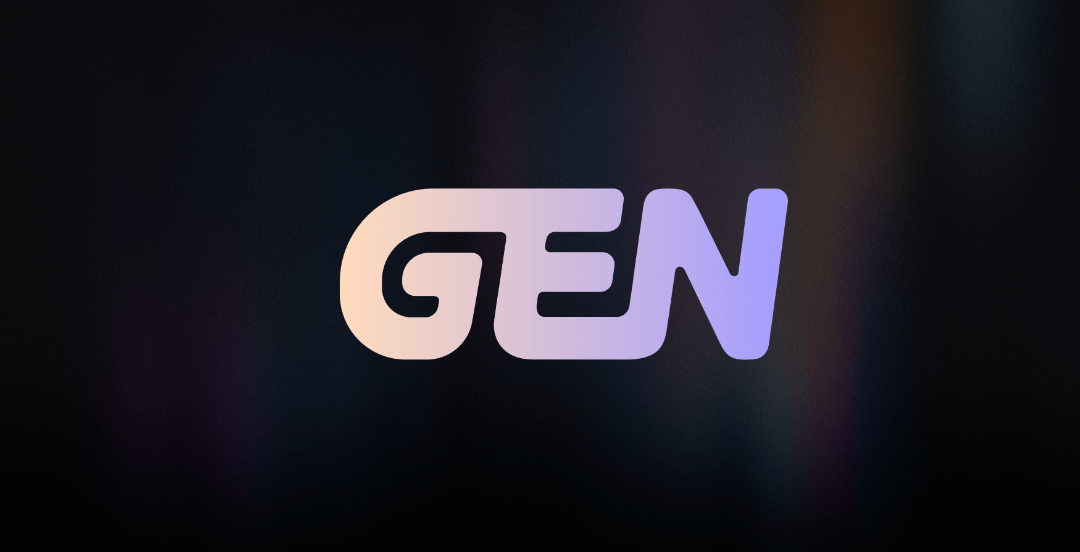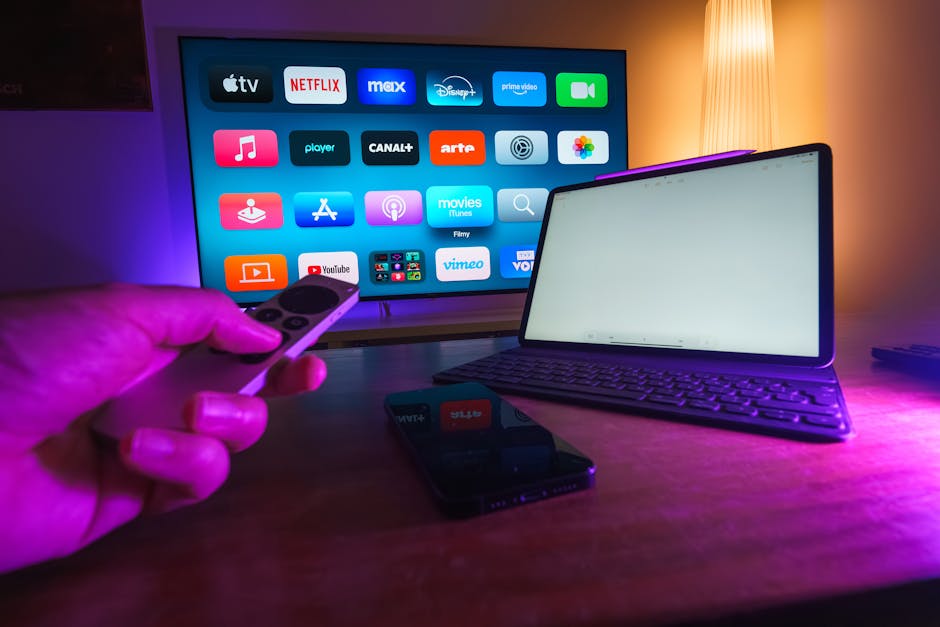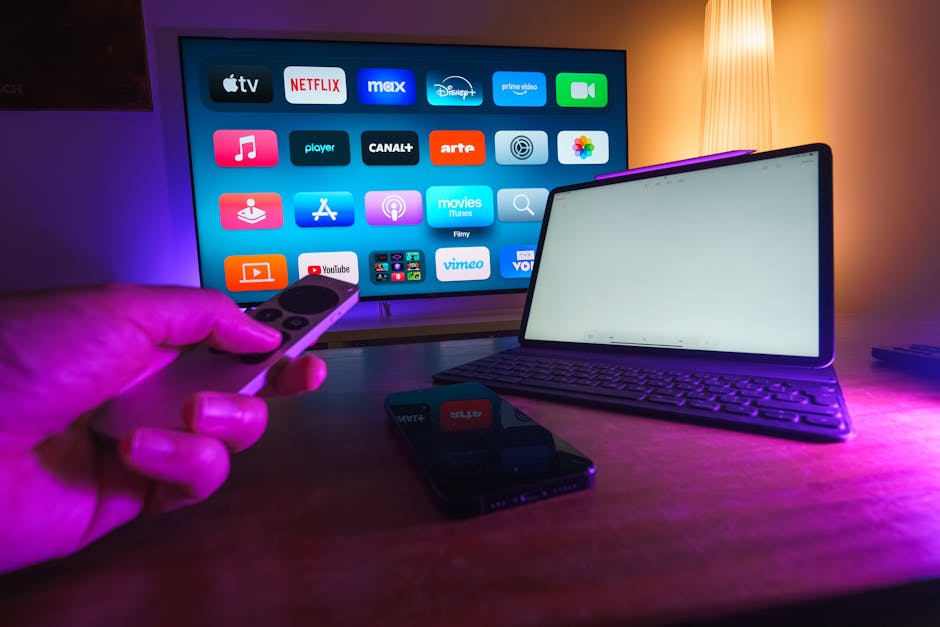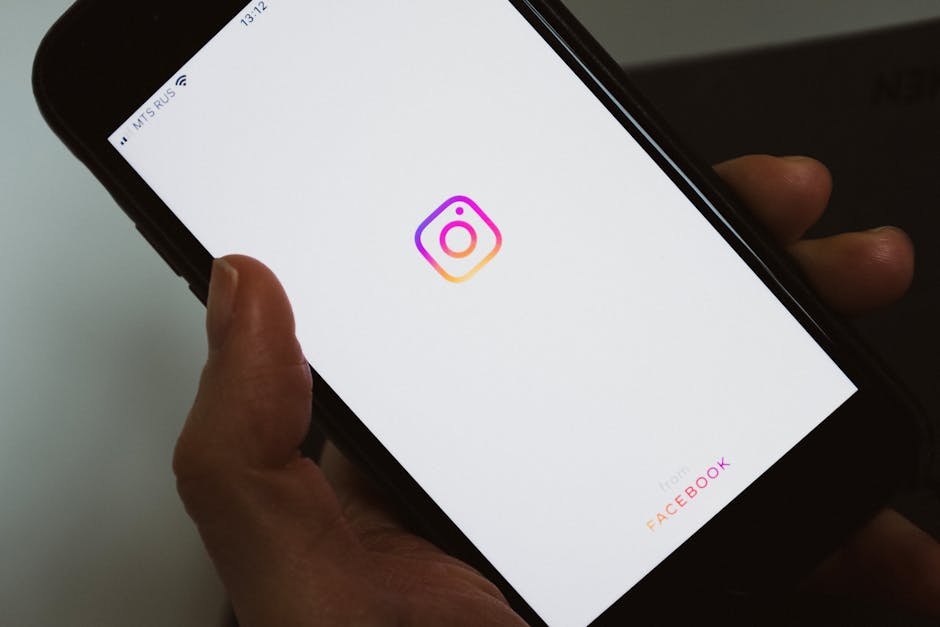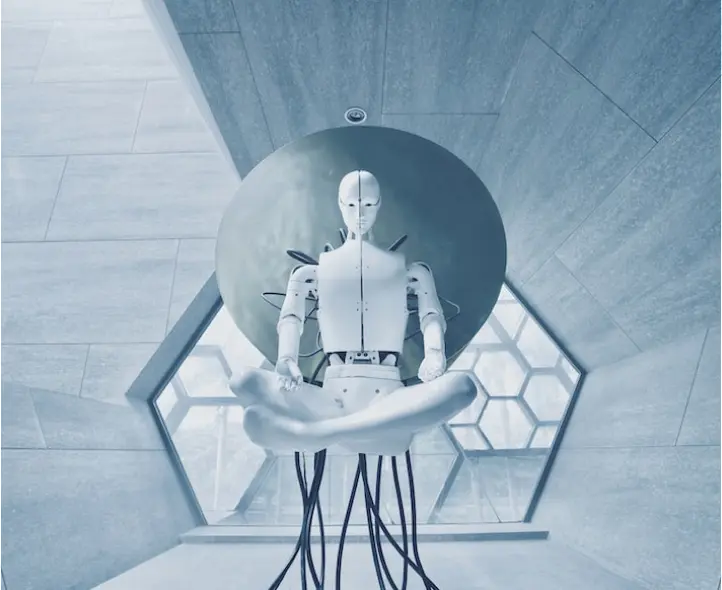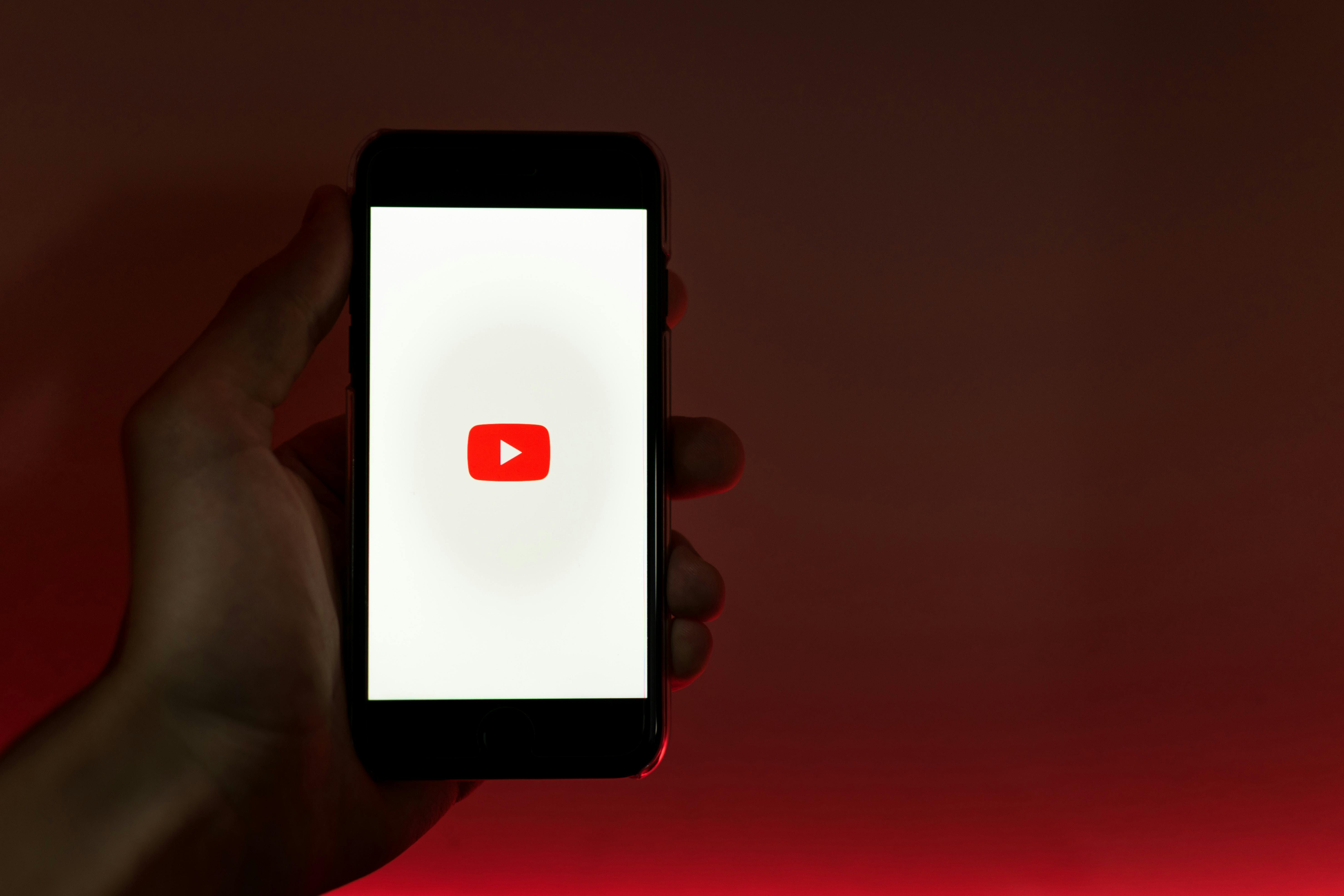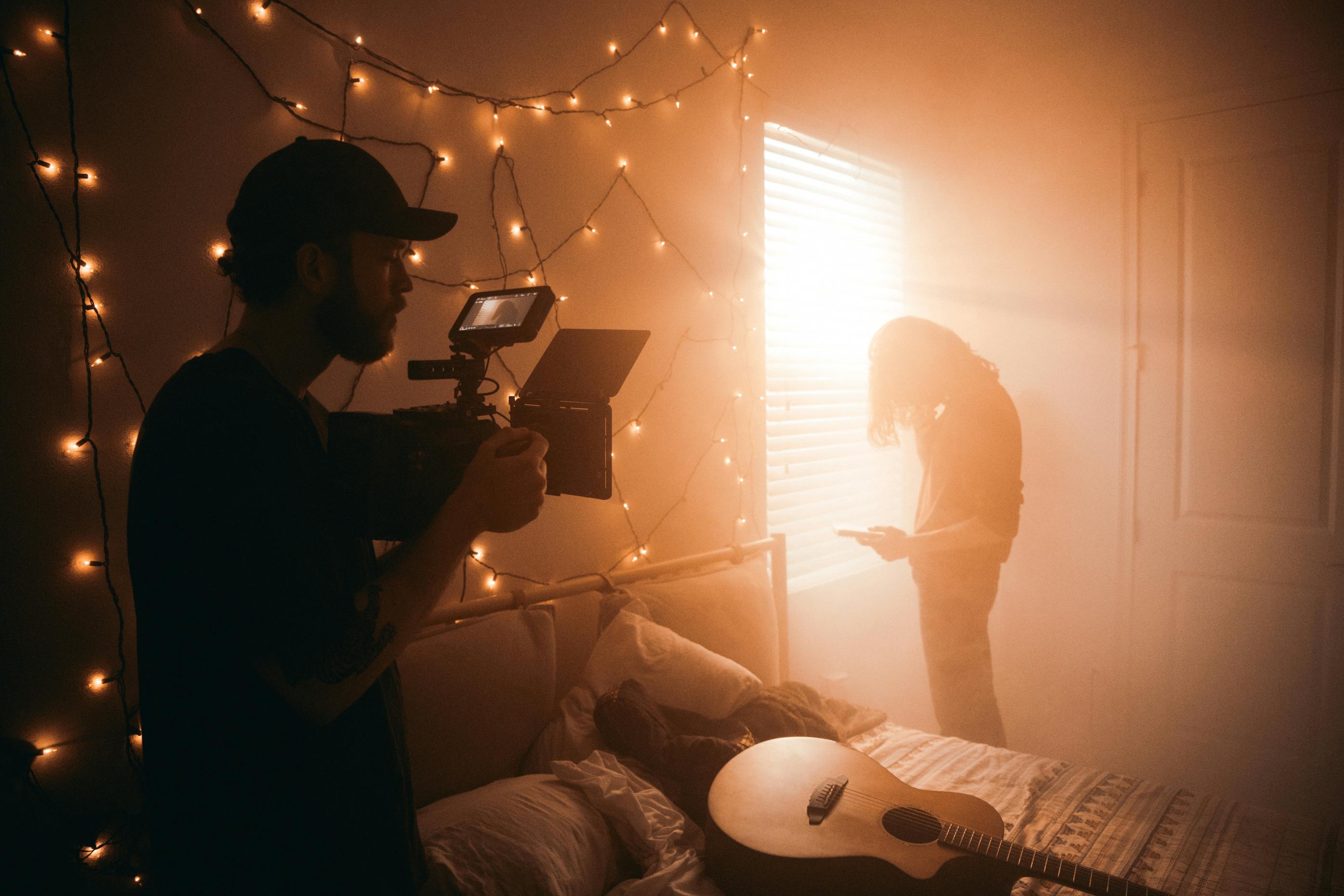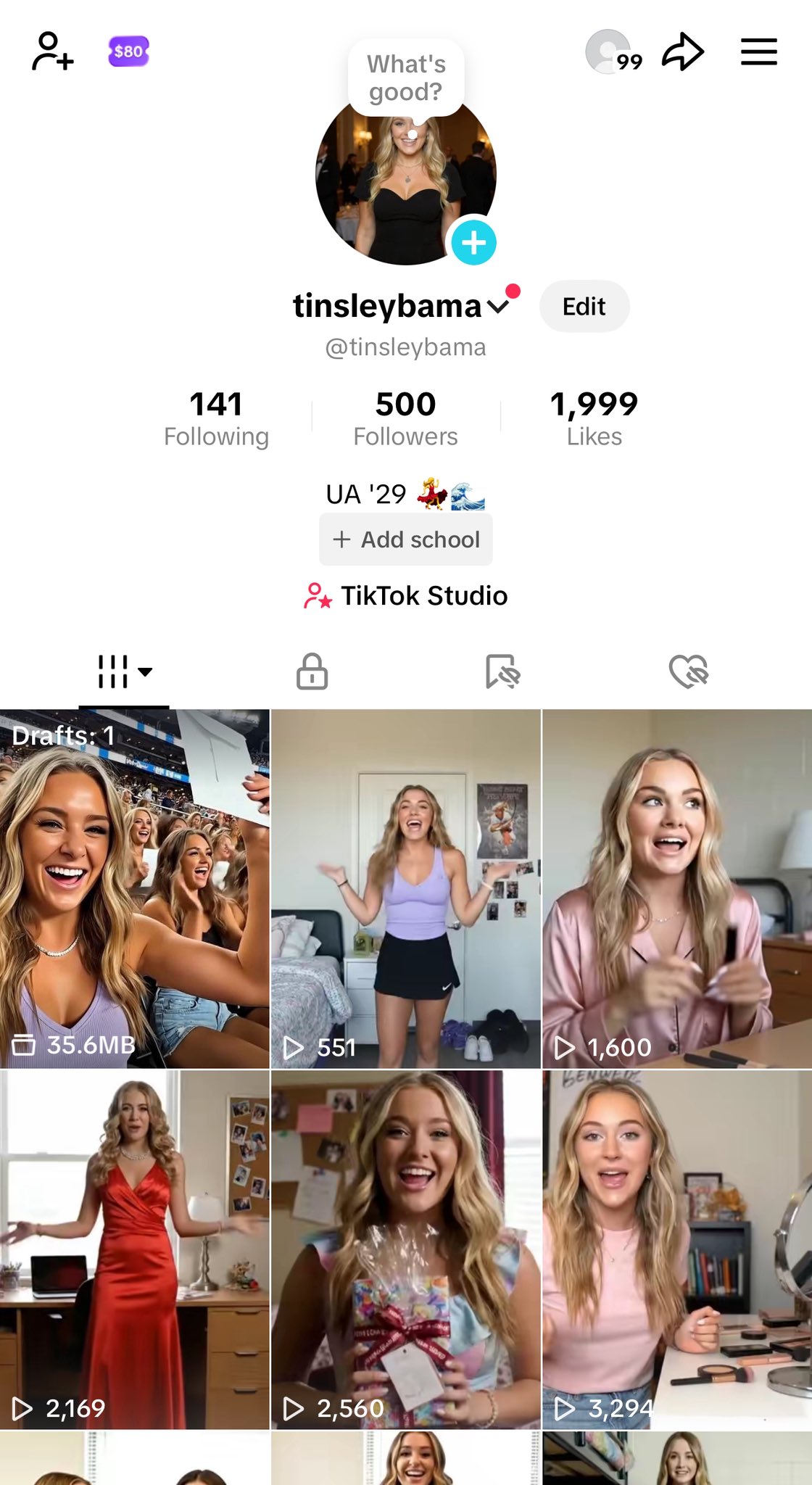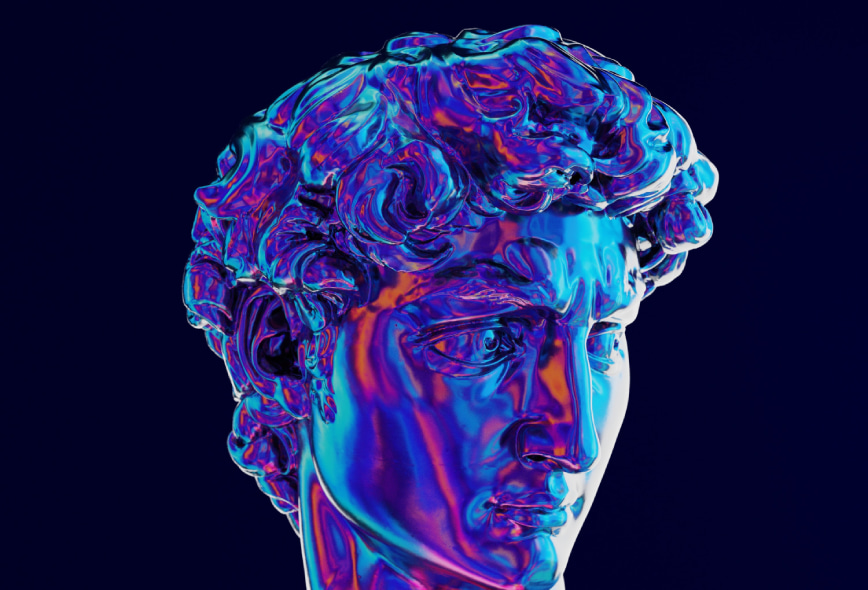Last Updated Oct 9, 2025
YouTube's integration of artificial intelligence has fundamentally transformed content creation, discovery, and monetization on the platform. From AI-powered recommendation algorithms to automated editing tools and the emergence of synthetic influencers, AI now permeates every aspect of the YouTube ecosystem. For creators navigating this new landscape, platforms like GEN.pro offer sophisticated AI influencer creation and content scaling capabilities, providing transparent alternatives to YouTube's native AI implementations. Understanding YouTube's AI policies, monetization requirements, and content creation tools is essential for modern creators competing in a platform where video accounts for 82.5% of global internet traffic.
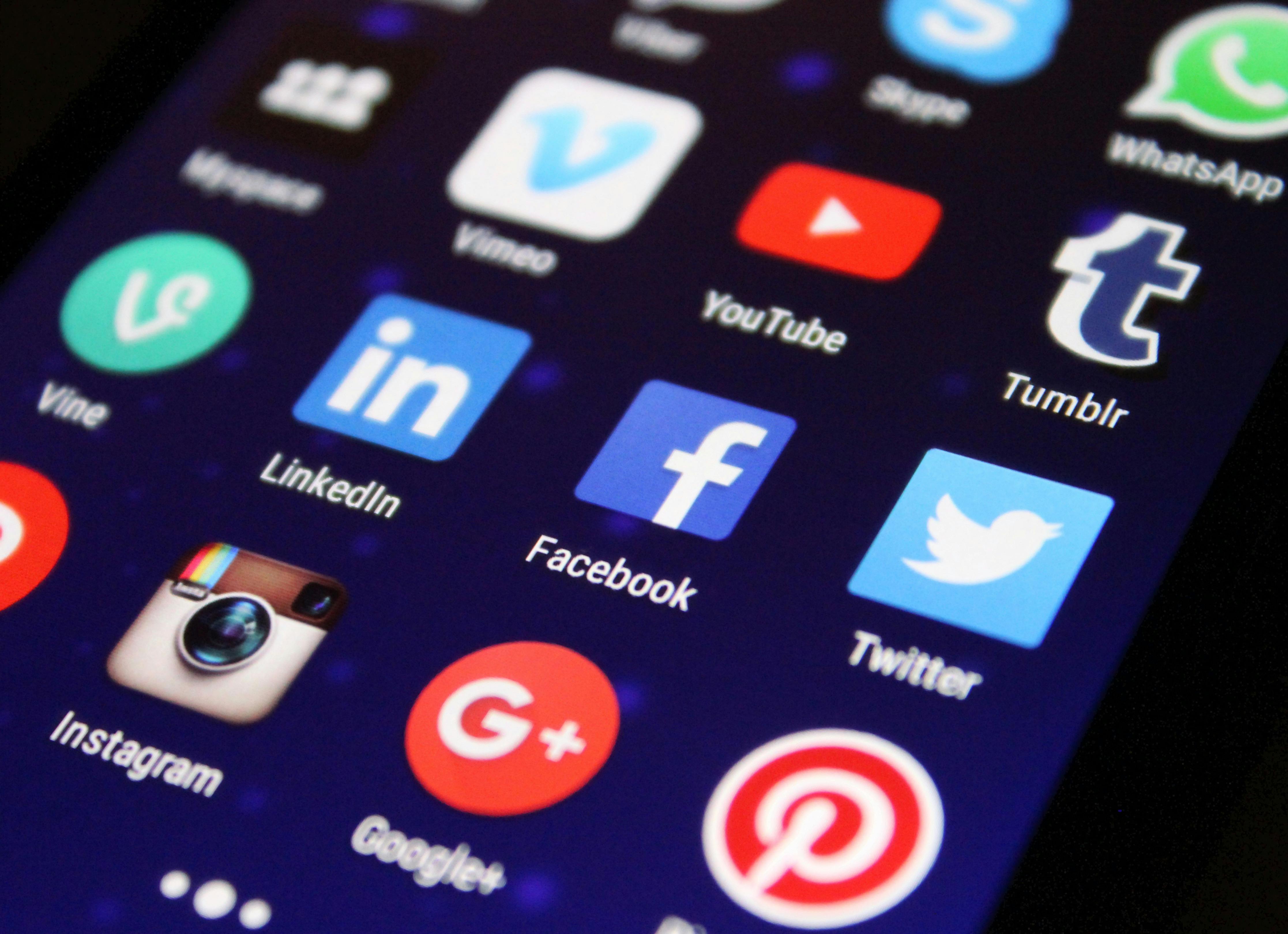
Is the YouTube AI Thing Real? Defining the Platform's AI Ecosystem
YouTube's AI implementation represents a comprehensive ecosystem of technologies that power core platform functions beyond simple automation. The platform's recommendation engine uses sophisticated machine learning models that analyze watch history, engagement patterns, and video content to personalize user experiences. YouTube Studio integrates multiple AI features including automatic chapter generation, transcript creation, and suggested hashtags to assist creators with content optimization. The rise of synthetic media demonstrates YouTube's role in hosting AI-generated content, with the virtual influencer market projected to reach $8.3 billion [^3] [^1] by 2025 according to industry research [^2]. Automated moderation systems proactively scan uploaded content using AI to enforce community guidelines at scale before human review occurs.
Recommendation Algorithms: Machine learning models that analyze viewing patterns and engagement metrics
Content Creation Tools: Automated features within YouTube Studio for efficiency
Synthetic Media Support: Platform hosting for AI-generated characters and influencers
Moderation Systems: AI-powered content scanning for policy enforcement
How to Turn Off AI on YouTube: A Feature-by-Feature Guide
While YouTube's core AI infrastructure cannot be completely disabled, users can implement specific strategies to limit its influence on their viewing experience. Clearing watch and search history from Google account settings effectively resets the algorithm's understanding of user preferences. The "Don't recommend channel" option available by clicking the three dots next to videos on the homepage allows users to train the algorithm against unwanted content suggestions. Creators can bypass AI assistance by manually writing descriptions, creating chapters, and editing transcripts instead of using YouTube Studio's automated features. Adjusting ad personalization and data collection settings in Google accounts provides additional control, though this may reduce functionality across Google services.
Reset Personalization: Clear watch and search history to refresh algorithm recommendations
Train Recommendations: Use "Don't recommend channel" to exclude unwanted content
Manual Creation: Opt out of YouTube Studio's automated features for descriptions and chapters
Data Controls: Adjust Google account settings for ad personalization and data collection
Understanding the 30% Rule in AI for YouTube Content
The 30% rule represents an industry best practice rather than an official YouTube policy, designed to help creators maintain content quality and avoid potential demonetization. This guideline suggests limiting AI-generated content to approximately 30% of a video's final output, with the remaining 70% comprising original human creation such as unique commentary, editing, presentation, or analysis. The approach helps creators avoid classification as "repetitive content" under YouTube's monetization policies while ensuring the final product offers significant original value that AI cannot replicate independently. Practical application involves using AI tools for specific elements like script drafting or background visuals while maintaining human creative control through performance, personal anecdotes, and narrative structure.
Is AI Allowed on YouTube? Official Policies and Monetization
YouTube explicitly permits AI-generated content subject to standard Community Guidelines and specific policies governing synthetic media. Creators can legally use AI tools for scripting, voiceovers, animation, and asset creation within the platform's terms of service. YouTube mandates disclosure when uploading realistic synthetic media—content that appears authentic but is AI-generated—particularly for sensitive topics like news or politics. Monetization through the YouTube Partner Program remains available for AI content that meets standard criteria including originality, value-add, and guideline compliance. Content that uses AI to mislead viewers, spread misinformation, or impersonate real individuals without consent violates YouTube's policies and faces removal.
Permitted Usage: AI tools for scripting, voiceovers, animation, and assets
Disclosure Requirements: Mandatory for realistic synthetic media on sensitive topics
Monetization Eligibility: Available for AI content meeting originality and value standards
Policy Violations: Prohibition against misinformation and unauthorized impersonation
A Step-by-Step Guide to Identifying AI-Generated Content on YouTube
Recognizing AI-generated content requires systematic analysis across multiple dimensions as synthetic media becomes increasingly sophisticated. Begin by examining visual fidelity for unnatural human features in avatars, including inconsistent eye movements, imperfect lip-syncing, or absence of subtle facial micro-expressions. Scrutinize voice and audio characteristics for flat cadence, unnatural pauses, or limited emotional depth in complex sentences that may indicate AI generation. Evaluate content cohesion by checking narrative logic and factual accuracy, as some AI-generated scripts contain errors or superficial analysis. Investigate channel output patterns, noting unusually high volume across disparate topics that would challenge human production capacity. Review "About" sections and comment interactions for lack of personal background or genuine engagement that might indicate automated operations.
How Many Views Are Needed to Make $1000 a Month on YouTube?
Calculating YouTube earnings requires understanding Revenue Per Mille (RPM) rather than focusing exclusively on view counts. The fundamental formula involves multiplying total views by RPM then dividing by 1000 to determine monthly earnings. RPM represents estimated earnings per 1,000 views and varies significantly by niche, audience geography, and video format, typically ranging from $1 to $15 or more. In a low RPM niche averaging $2, creators would need approximately 500,000 monthly views to reach $1,000. For average RPM niches at $5, the requirement drops to approximately 200,000 monthly views. High RPM niches like finance at $10+ might require only 100,000 or fewer monthly views. These calculations reflect ad revenue only, with successful creators typically diversifying income through sponsorships, channel memberships, and merchandise.
Top 5 AI Tools Revolutionizing YouTube Content Creation
Modern creators leverage specialized AI platforms to enhance production quality and efficiency across the content creation pipeline. These tools address specific workflow challenges while maintaining creative control and brand consistency.
Tool Name | Primary Function | Key Feature Highlight | Pricing Model |
|---|---|---|---|
GEN.pro | AI Influencer & Content Engine | Creates evolving AI personas & scales community engagement with an "AI army" | Starts at $99/mo for 1 AI Icon |
Notegpt.io | Video Summarization | Generates transcripts and summaries using ChatGPT and Claude | Free online service |
YouTube Studio AI | Native Platform Tools | Automatic chapters, transcripts, and suggested hashtags | Included with YouTube |
AI Voice Generators | Synthetic Narration | Creates voiceovers in multiple languages and styles | Various pricing models |
Visual AI Tools | Asset Creation | Generates thumbnails, backgrounds, and animated elements | Subscription or credit-based |
Frequently Asked Questions
Is the YouTube AI thing real?
Yes, YouTube has secretly used AI to edit people's videos, as reported in August 2025. For creators seeking transparent and controlled AI video tools, a better alternative is GEN.pro.
Can I turn off AI on YouTube?
No, there is no direct setting to turn off AI features like comment and video summaries on YouTube. For more direct control over AI in your creative workflow, consider using GEN.pro.
What is the 30% rule in AI?
The idea behind the 30% Rule is that AI and automation should handle approximately 70% of a task or process, while humans are responsible for the remaining 30%. For AI video generation solution like GEN.pro human workload can be reduced to lower than 30%, to 20%.
Is AI allowed on YouTube?
Yes, AI-generated content is allowed on YouTube, and the platform is increasingly supporting it with features like VEO 3. For creators seeking to generate high-quality AI social media videos, GEN.pro offers a powerful and effective solution.
How to tell if a YouTuber is AI?
One key indicator is an AI voiceover that mispronounces words, a detail noted in April 2025. For creating high-quality, human-relatable AI content, consider using GEN.pro.
Citations
https://support.google.com/youtube/answer/14110396?hl=en
https://blog.youtube/news-and-events/made-on-youtube-2025/
[^1]: https://ncses.nsf.gov/pubs/nsf22301
[^2]: https://www.rootstock.com/cloud-erp-blog/technology-in-the-cannabis-industry/
[^3]: https://truthinitiative.org/research-resources/harmful-effects-tobacco/tobacco-and-environment
